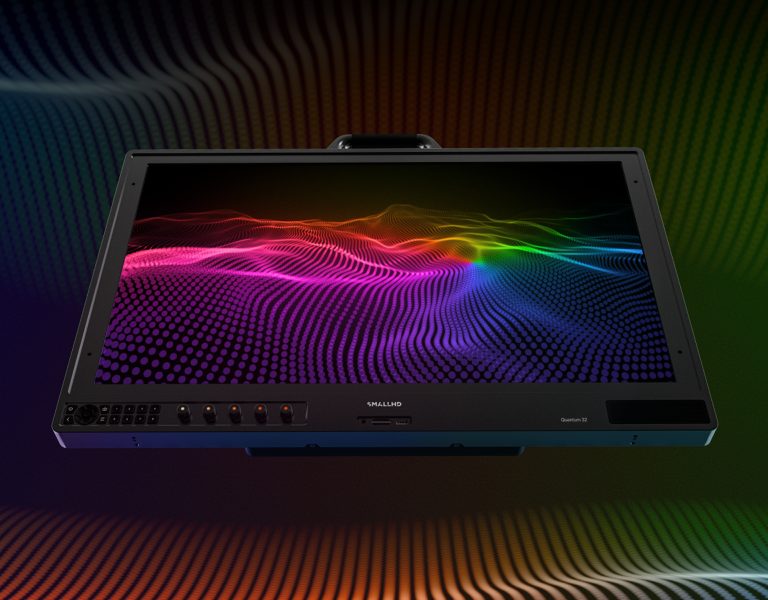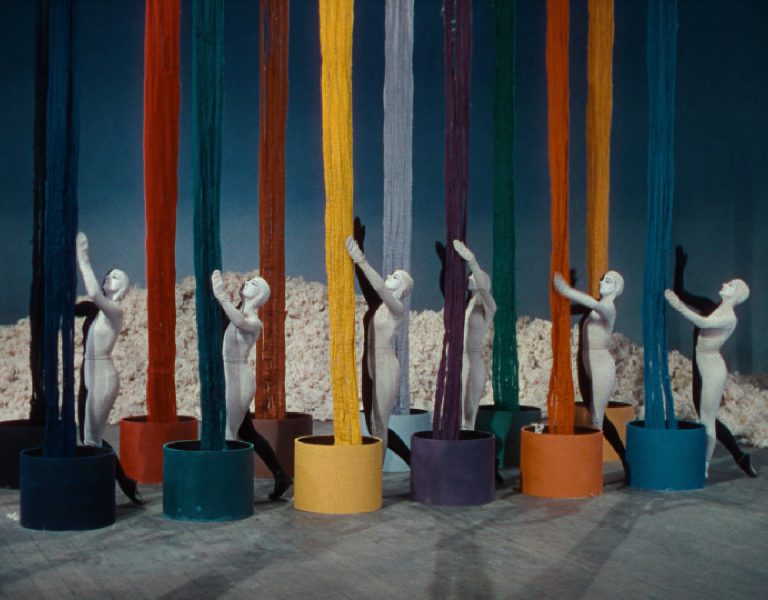Dan O’Neill uses SmallHD Indie 7 for rugged wildlife documentary
Nov 8, 2024

Filmmaker, research biologist, and adventurer Dan O’Neill is known for his incredible photography and documentary films using camera trap technology to study endangered wildlife across the globe. His research takes O’Neill from the snowy heights of Kyrgyzstan to remote swathes of the Amazon rainforest and beyond. Perhaps best known for his work with big cats and the Snow Leopard Trust, O’Neill depends on SmallHD’s Indie 7 monitor to support his filmmaking in some of the world’s most diverse natural environments.
O’Neill’s first collaboration with the Snow Leopard Trust is documented in the four-part BBC Earth series “Ghosts in the Snow.” O’Neill and a very small team travels through Kyrgyzstan aiming to demonstrate and learn more about snow leopard conservation. With a background mixed in wildlife filmmaking and biology, the researcher brings a unique, artistic eye to the process. He describes, “My specialism is using high-end video camera traps to record animals in a way that you probably have never seen before. But to do that, you must have really good tech.” The researcher turned to SmallHD with a very specific need: “I wanted high quality monitors that I could plug into my camera trap systems.”
A camera trap system consists of a scientifically organised grid of remote sensing cameras, that operate using trigger sensors. Experts rely on camera traps to conduct research where human presence is a liability rather than an asset. “The technology has revolutionised the understanding of really elusive and low abundance animals, particularly vulnerable species like snow leopards,” O’Neill says. Instead of using PIR infrared movement sensors, which can be prone to false triggering, something that wastes precious battery life, he likes to set up two infrared laser triggers, creating a beam. When the beam is broken (by, for instance, a snow leopard) the camera is triggered.
O’Neill uses Cambush Cube with Sony RX camera for his camera traps. With anywhere from 5 to 30 cameras working at one time, it was crucial to have a monitor set up that would never slow him down, while still being appropriate for a two-man team and a rugged trip into the Himalayas. For him, the answer was SmallHD’s Indie 7. “The Sony RX camera has great focus setting, up to really minute detail, along all your exposure mapping and everything,” he explains, “but it only has a teeny tiny action camera LCD screen. Having a monitor that you can then plug into the camera and then properly visualize your image makes a huge difference.”
SmallHD’s Indie 7 is a 7-inch touchscreen monitor, built lightweight and powered by the familiar Page OS software. The daylight viewable screen provides 1000 nits of brightness, allowing O’Neill to accurately set his camera traps even at the brightest times of day. With a rugged, thin aluminum chassis, the monitor perfectly supports filmmaking in the harsh, high-intensity environments the researcher works in. After setting each camera system, he simply unplugs his Indie 7 monitor, and the Cambush Cubes are on their own for another three months.
For O’Neill, behavioural ecology moves beyond collecting data and into telling a compelling conservation story. “Being able to interactively visualiae wildlife in really high quality is critical for getting the perfect shots. You can miss something so easily, whether that’s an animal in the rainforest, or trying to discern a snow leopard from the mountain backdrop in Kyrgyzstan. Your monitor is critical. One of the most amazing things about this monitor is that as soon as I return to the site, I switch the battery out and right away I can check all the footage from the camera trap.” His delight and gratification while playing back footage of the elusive snow leopard on his Indie 7 is palpable in the BBC documentary series.
“I learned so much about snow leopards working with Snow Leopard Trust–I really fell in love,” O’Neill admits. “Even 30 years ago, we knew basically nothing about snow leopards and today they’re still the least understood big cats in the world. But with these camera traps, we now have a window to see what their secret lives are like.” Snow leopards are animals shrouded in mystery, with a small population today estimated as between 3,920 and 6,390. “They are the highest altitude cats, living in the third pole, the central high Asian mountains. They’re critically important to the mountains, not just as a vulnerable species, but as the iconic and beautiful icon of the landscape.”
Snow leopards are also a flagship species. The fight to preserve the big cat has the potential for wide-reaching positive change. “If you can protect certain areas for snow leopards, there’s a whole plethora of other species the mountain ecosystems and communities that are helped by that conservation initiative.” Snow leopards range across 12 countries, including Afghanistan, Pakistan, India, China, Mongolia, and Nepal. “Despite vastly different political ideals, social structures, and religions, the conservation of this one animal can bring these nations together in some small way. This conservation story tells that this animal could be a key to peace, which is really, really beautiful.”
O’Neill continues his work with the Snow Leopard Trust and last year officially joined the team as their first explorer in residence. His mission to bring awareness to wildlife preservation continues, SmallHD monitors in tow. “I love being able to be at the sort of frontline of what’s happening in tech or film. The fact is, Indie 7 is really useful in Snow Leopard camera trapping projects.”


















